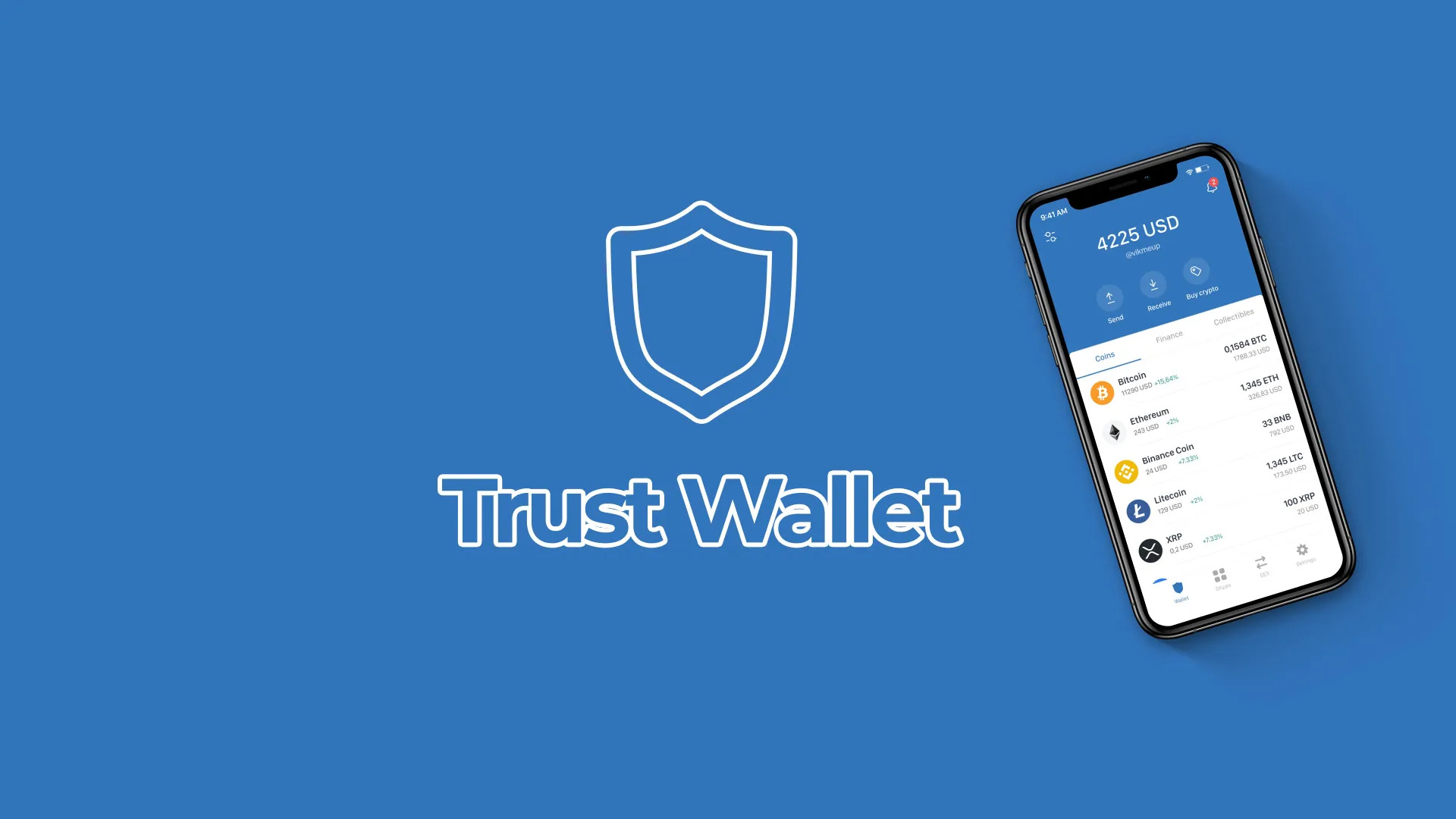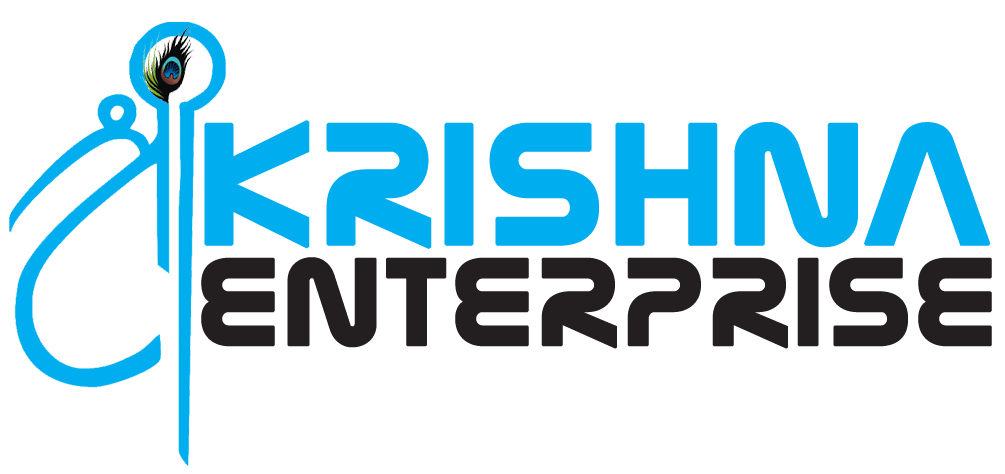Okay, so check this out—I’ve been noodling on how crypto wallets have evolved, especially those slick multi-chain ones that let you hop between blockchains without breaking a sweat. Honestly, it’s wild how far we’ve come from the days when swapping tokens meant juggling multiple apps and praying you didn’t mess up. Wow! Managing your digital assets today goes way beyond just holding coins; it’s about fluidity, security, and seamless integration with DeFi. But here’s the thing—making cross-chain transactions truly user-friendly is still a beast to tame.
At first glance, swapping tokens across different blockchains sounds straightforward. You want to exchange some Ethereum for, say, Binance Smart Chain assets, right? Hmm… but under the hood, it’s a tangled web involving bridges, liquidity pools, and sometimes sketchy middlemen. My instinct said this must be complicated for normal users, and yeah, it absolutely can be. But then, wallets like the truts wallet come along and start changing the game by bundling swap functionality with multi-chain support and DeFi tools all in one place.
Seriously? How do they pull that off without compromising security? Something felt off about the idea that you could just “swap across chains” without any risk. Actually, wait—let me rephrase that. It’s not that it’s risk-free, but rather that the wallet’s design matters a ton in mitigating those risks. For example, wallets that integrate decentralized exchanges directly eliminate the need for sketchy middlemen, reducing attack surfaces.
Here’s what bugs me about some wallets, though: they either make you jump through hoops or lock you into a single ecosystem. Cross-chain transactions demand that you trust the bridge or protocol handling the swap. On one hand, this decentralization seems ideal; on the other, the complexity and potential for exploits can be scary. It’s like walking a tightrope—exciting but nerve-wracking.
Speaking of DeFi integration, I keep wondering: are we really ready for wallets to become our full-on financial hubs? It’s not just storing tokens anymore. You can lend, borrow, stake, and even participate in liquidity mining right inside some of these wallets. But is that always a good thing? Personally, I think it’s super convenient but also opens doors for new vulnerabilities. The balance between ease-of-use and security isn’t easy to strike.

Why Multi-Chain Wallets with Swap Features Are a Big Deal
Look, the crypto world is fragmented. Ethereum, Binance Smart Chain, Polygon, Avalanche—the list goes on. If you’re like me, holding assets on multiple chains, you want a wallet that doesn’t make you feel like you’re juggling flaming swords. The ability to swap assets across chains natively saves time and frustration. It’s the difference between feeling empowered and feeling overwhelmed.
Now, the real kicker—cross-chain swaps require interoperability. That means the wallet or the underlying protocol must communicate seamlessly with different blockchains, each with its own rules and quirks. At first, I thought this was just a tech hurdle. But then I realized it’s also a UX challenge. If the swap process isn’t intuitive, users will mess it up or avoid it altogether.
That’s where wallets like truts wallet shine. They combine multi-chain support with built-in swap functions, making it possible to exchange assets without leaving the app. The wallet abstracts away the complexity, so users only see the end result. But behind the scenes, it’s a symphony of smart contracts, liquidity pools, and decentralized exchanges all working in concert.
Of course, this makes me wonder about the fees. Cross-chain swaps can be costly because of gas fees on multiple networks, plus any bridge fees. Sometimes it feels like you’re paying a toll at every stop. But, if you’re strategic and the wallet offers smart routing, you can minimize these costs. It’s a bit like picking the least congested highway during rush hour.
One odd thing I noticed—some wallets boast about instant swaps, but when you dig deeper, there’s often a catch. The “instant” part might rely on centralized liquidity providers or custodial layers. This can raise red flags for purists who prize decentralization. So, yeah, it’s not all rainbows and unicorns.
DeFi Integration: Convenience or Complexity Overload?
Here’s where my enthusiasm clashes with caution. DeFi is incredible—lending protocols, yield farms, staking pools—they open up new opportunities for passive income and financial freedom. Integrating these directly into wallets feels like a natural progression. But I’ve seen too many users get lost in the weeds, overwhelmed by jargon and risk.
Imagine this: you’re in your wallet, you see the option to stake a token or borrow against collateral. Sounds great, right? But then you realize you need to understand liquidation risks, interest rates that fluctuate wildly, and impermanent loss. Not exactly beginner-friendly. So, while the tech is impressive, the learning curve remains steep.
On the technical side, integrating DeFi protocols means connecting with multiple smart contracts. That’s a lot of moving parts, each a potential vulnerability. Wallets that do this well tend to have rigorous audits and user-friendly interfaces that explain risks without watering down the complexity. It’s a tough balance, and not every wallet nails it.
By the way, if you want to get your hands dirty with a wallet that handles these features gracefully, I’d recommend checking out the truts wallet. They’re not perfect, but their approach to combining cross-chain swaps with DeFi tools is among the cleanest I’ve seen.
Still, I gotta admit, I’m a bit wary about how these wallets manage private keys when integrating multiple DeFi apps. Some ask for too much access, which can be a security nightmare. Always double-check permissions and never share keys or seed phrases. Seriously.
Final Thoughts: Are We There Yet?
Honestly, I feel like we’re on the cusp of something big—multi-chain wallets with seamless swap and DeFi integration could redefine how we interact with digital assets. But the road is bumpy. The tech is promising, but usability and security need to catch up. I’m cautiously optimistic.
Something else—while the crypto community tends to geek out on features, the average user just wants their money to work without headaches. Wallets like truts wallet get that, trying to make the complex feel simple without sacrificing control. That’s a tall order, and I’m curious how they’ll evolve.
So yeah, cross-chain swaps and DeFi integration aren’t just buzzwords. They’re the future, but one that’s still very much a work in progress. If you ask me, patience and careful exploration are key. And hey, if you’re ready to give it a shot, just make sure you’re using a wallet you trust—your digital life depends on it.
